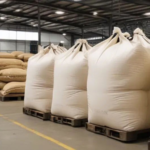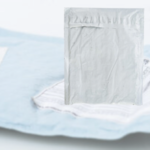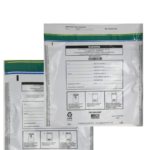
Know How Forensic Specimen Bags Safeguard DNA Samples
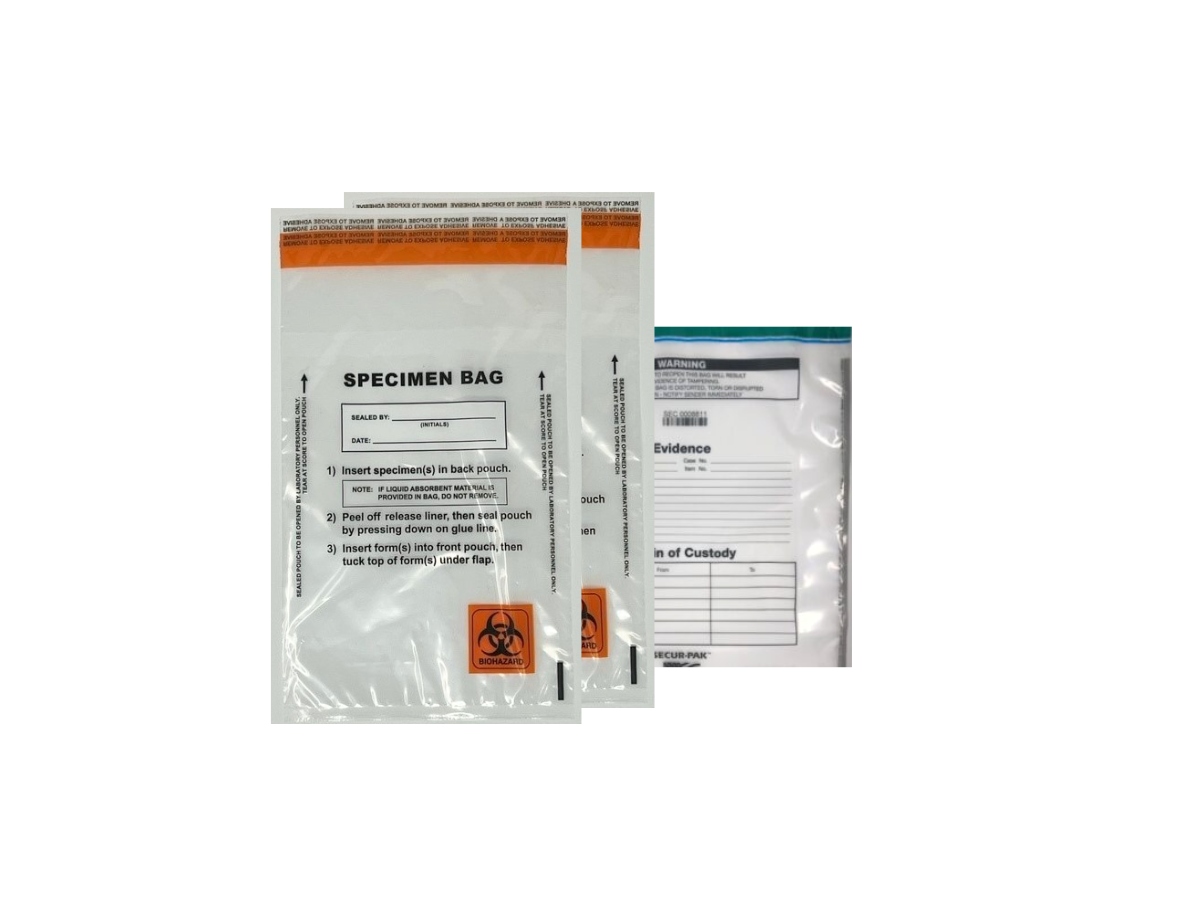
For accurate investigations and justice, preserving and protecting DNA evidence is the key.
DNA samples, collected from crime scenes or individuals, hold vital information that can make a difference to the cases. The proper handling and storage of these samples greatly impact the reliability of forensic findings. Forensic specimen bags, thoughtfully designed, help protect the integrity of DNA samples during the entire investigative journey.
Understanding the Fragile Nature of DNA
Before understanding the importance of forensic specimen bags, it’s crucial to understand the delicate nature of DNA. Deoxyribonucleic acid, commonly known as DNA, serves as the genetic blueprint of all living organisms. In forensic investigations, DNA is often a crucial “element” that connects individuals to crime scenes or criminal activities. However, DNA is vulnerable to degradation, contamination, and environmental factors. Thus, utmost care in handling and preserving DNA samples is downright essential to ensure their accuracy and reliability in court.
Forensic Specimen Bags: A Shield for DNA Integrity
DNA evidence collection bags help protect the integrity of DNA samples from the moment they are collected until they reach the forensic laboratory.
Here’s how these bags do this….
Material Composition:
Forensic specimen bags are made from materials specifically chosen to resist contamination and preserve DNA. Many of these bags are made from low-density polyethylene, a material known for its inert nature, which reduces the risk of chemical reactions that could affect DNA integrity.
Tamper-Evident Features:
To ensure the chain of custody is maintained, forensic specimen bags often come equipped with tamper-evident features. These features include seals, labels, or closures that provide visual cues if the bag has been opened or tampered with. After all, maintaining the integrity of the evidence from collection to analysis is vital for establishing its admissibility in court.
Airtight and Moisture-Resistant:
DNA samples are prone to environmental conditions such as moisture and exposure to air. Forensic specimen bags are airtight and moisture-resistant, protecting the DNA from external elements that could impact its quality. This level of protection is particularly crucial in preserving samples collected from outdoor crime scenes or under adverse weather conditions.
Protection against External Contaminants:
Cross-contamination is often a big challenge for forensic agencies while collecting evidence.
Specimen bags act as a barrier, preventing external contaminants such as dust, hair, or bodily fluids from compromising the integrity of the DNA samples. This is especially critical when dealing with minute or trace amounts of DNA that could be easily affected by foreign material.
Labeling and Documentation:
Forensic specimen bags come with write-on space for accurate and comprehensive labeling. Proper documentation is essential for tracking the chain of custody, ensuring that the sample collected from the crime scene is linked to the evidence analyzed in the laboratory.
Customized for Different Sample Types:
Forensic investigations cover a wide array of sample types, including blood, hair, saliva, and tissues. Specimen bags are often designed with variations to cater to the specific requirements of different sample types.
Choosing Forensic Specimen Bags: A Guide to Ensuring Evidence Integrity
Evidence Integrity:
Look for features such as barrier protection to prevent contamination, tamper-evident seals to ensure the chain of custody, and flexibility to securely hold diverse types of evidence. This ensures that the evidence remains secure, uncontaminated, and admissible in court.
Size Matters:
Select bags that comfortably fit the evidence without excessive space. Proper sizing prevents unnecessary movement within the bag, reducing the risk of damage during transportation and storage. This is particularly crucial for preserving delicate or fragile evidence.
Material Selection:
The type of evidence dictates the material of the specimen bag. For wet evidence, opt for paper containers to absorb moisture and prevent deterioration. Conversely, for dry evidence, plastic bags are suitable. Biological evidence should be air-dried before packaging in plastic to prevent mold growth and maintain DNA integrity.
Durability Counts:
Forensic specimen bags should be durable enough to withstand punctures, tears, and other potential damage. Choosing high-quality bags ensures that evidence remains protected, especially during transportation and long-term storage. Heavy-duty resealable plastic bags are often an excellent choice for their durability.
Tamper-Evident Design:
Tamper-evident features are essential for maintaining the integrity of the evidence throughout its journey. Opt for a tamper-evident DNA bag with tamper-proof mechanisms that provide visible indications of any attempts at tampering. Translucent bags are preferable, allowing visual confirmation of the contents without compromising security.
Special Considerations for Wet Evidence:
When dealing with wet evidence, the choice of packaging is critical. Using paper containers helps absorb moisture, preventing the evidence from deteriorating. This is particularly important for preserving items like blood-soaked clothing or biological samples.
Compatibility with Storage Conditions:
Consider the storage conditions of the evidence. Some specimens may require specific environmental conditions for preservation. Ensure that the chosen specimen bags are compatible with these requirements to maintain the quality of the evidence over time.
Ease of Handling:
While ensuring security and protection, consider the ease of handling during the investigation process. Bags with user-friendly features, such as clear labeling areas and easy opening and closing mechanisms, can streamline the handling of evidence, contributing to the efficiency of forensic procedures.
Compliance with Regulations:
Be mindful of local and international regulations governing forensic evidence handling. Ensure that the chosen forensic DNA sampling bag complies with these regulations to prevent any legal complications and ensure the admissibility of evidence in court.
Environmental Impact:
In an era of increased environmental consciousness, consider the ecological impact of the chosen specimen bags. Look for options that are eco-friendly and align with sustainable practices, contributing to responsible evidence management.
Conclusion:
Every detail is crucial when it comes to forensic investigation.
Forensic specimen bags play a crucial role in safeguarding DNA samples, ensuring the integrity of evidence from crime scenes to courtrooms. As we explore forensic investigations, it’s evident that innovative specimen bags greatly contribute to preserving DNA and delivering justice.
However, selecting the right forensic specimen bags is a critical step in preserving evidence integrity. By considering features such as barrier protection, appropriate sizing, material compatibility, durability, tamper-evident design, and compliance with regulations, forensic professionals can contribute to the reliability and admissibility of evidence in the pursuit of justice.
Share:
Get A Quick Quote
Social Media
Most Popular
Categories
Tags
Related Posts

The Ultimate Guide to Organizing and Storing Soil Bags
If you’re a gardening enthusiast, you know how important it is to have good-quality soil for your plants to thrive. Soil bags, whether they be
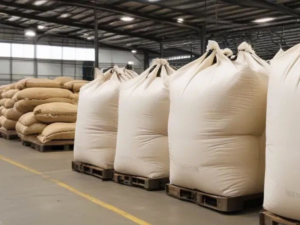
A Guide to Utilizing Bulk Bags in Agriculture: Making Farming Effortless
Bulk bags or flexible intermediate bulk containers (FIBCs) are one of the important tools used in farming practices. These large, sturdy bags offer a range

Clear Poly Mailer Bags: The Ultimate Shipping Upgrade
Shipping is a challenging aspect in the world of e-commerce. Some products like glass items, electronics, and artwork are more fragile than others. As a

